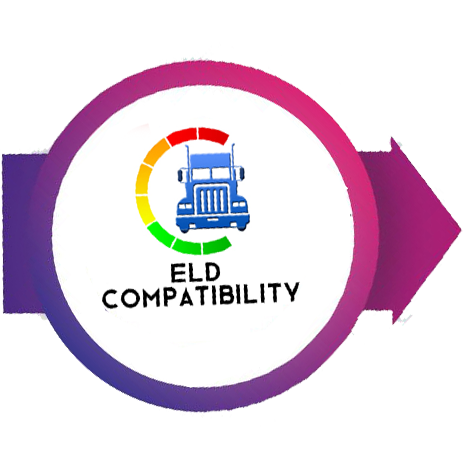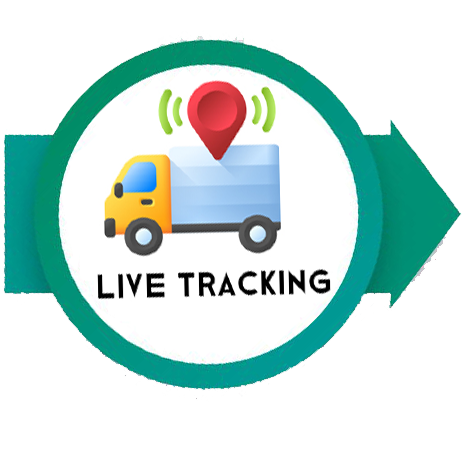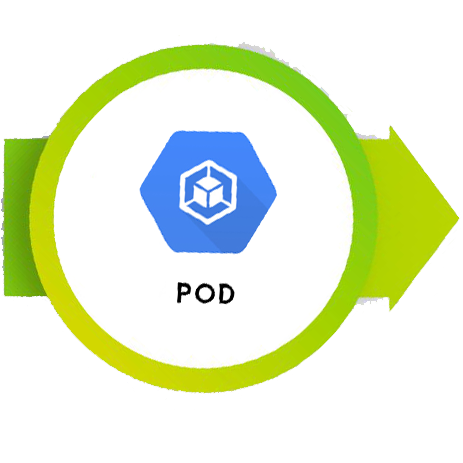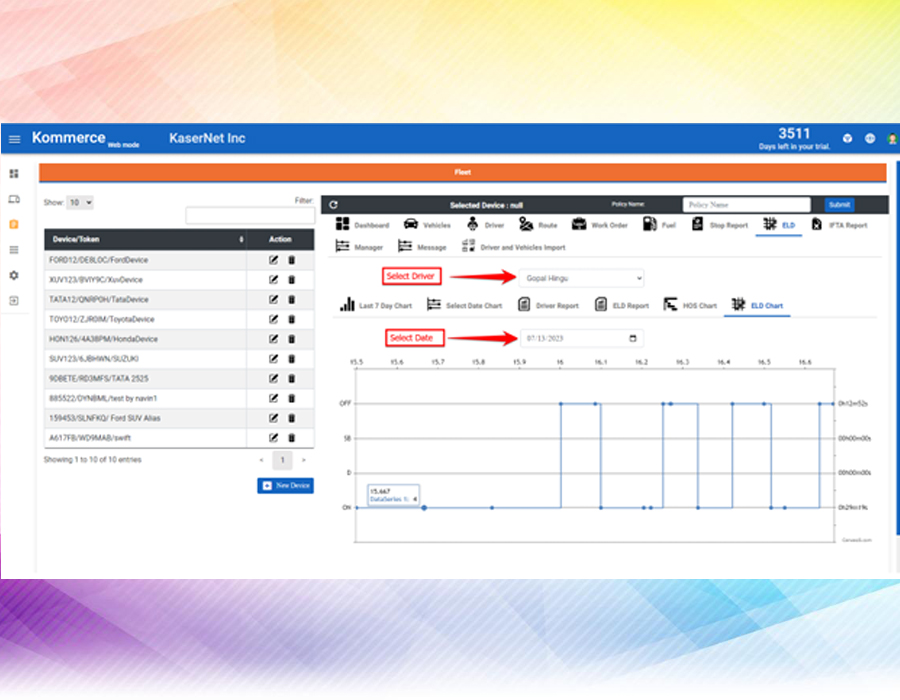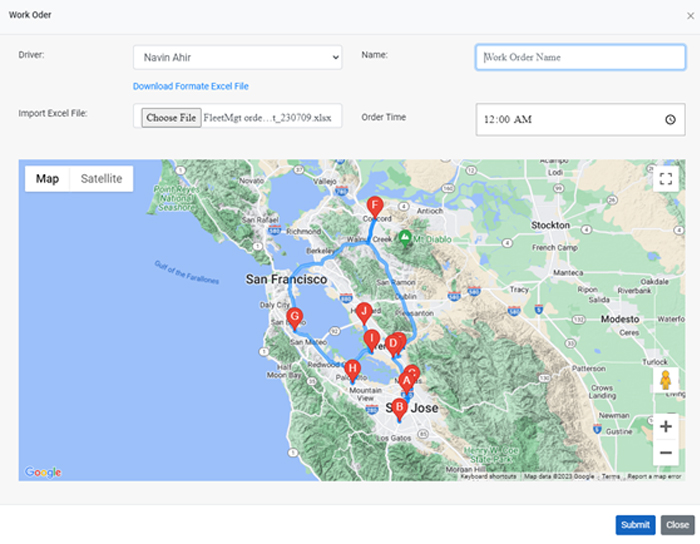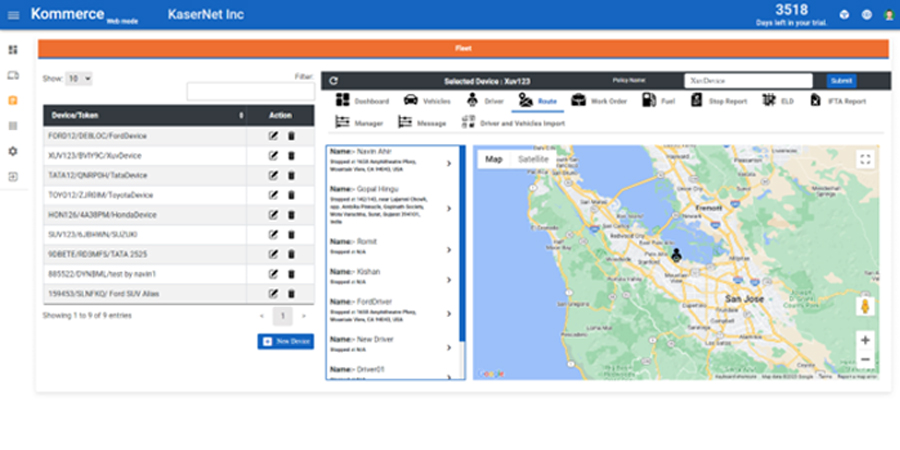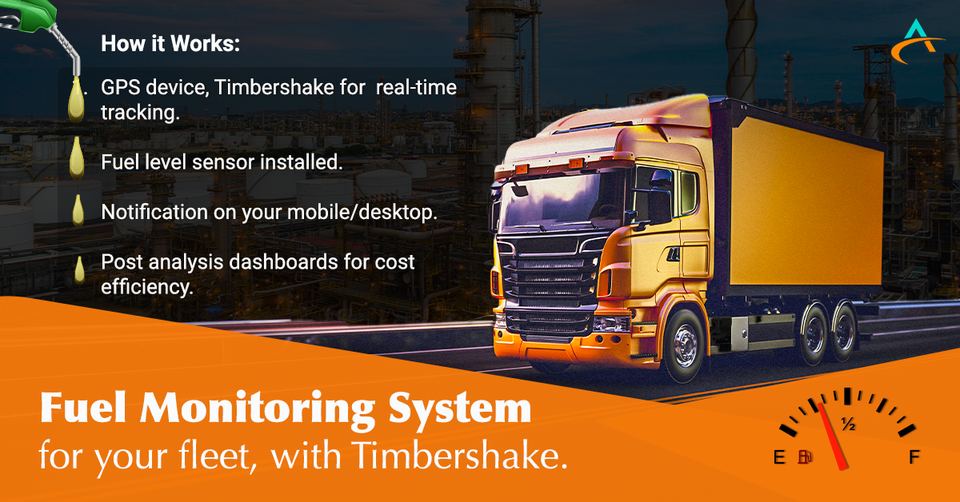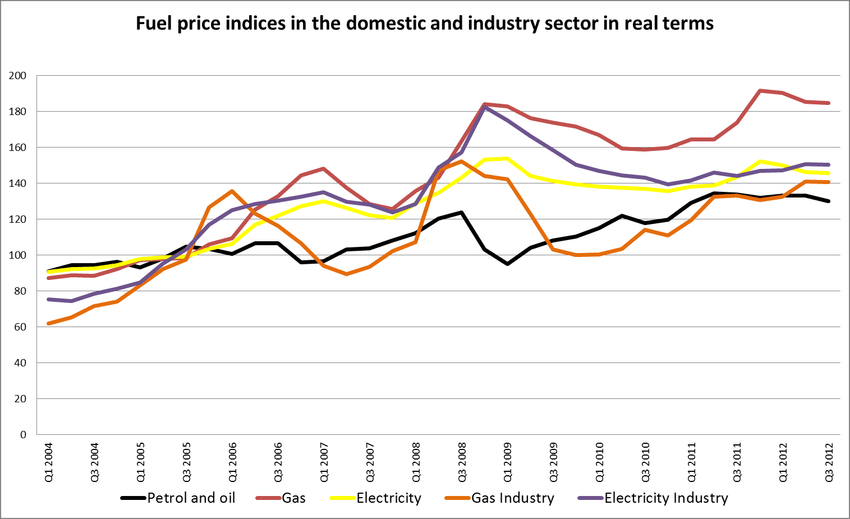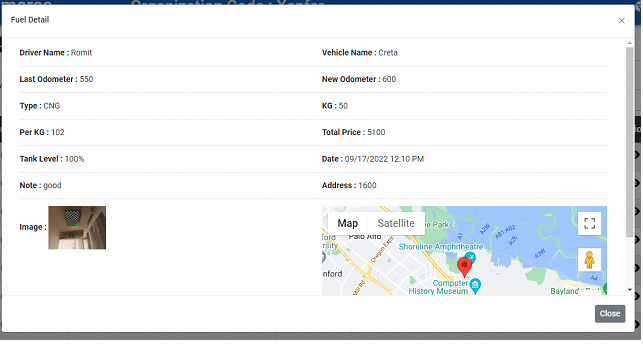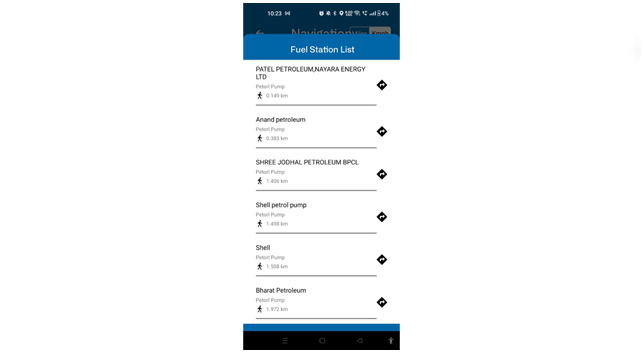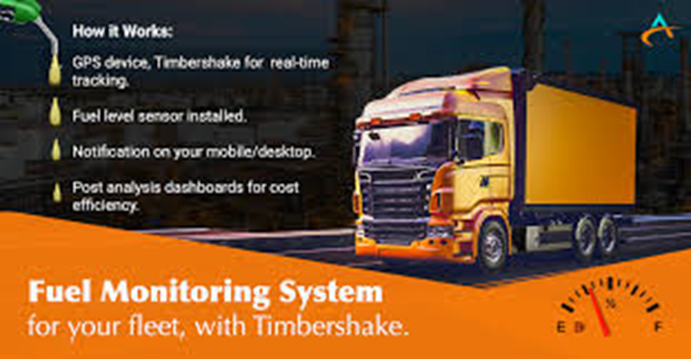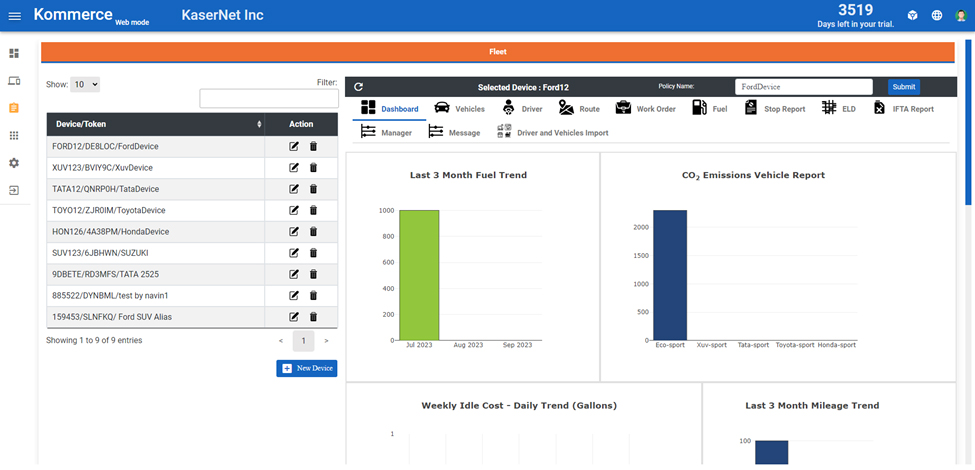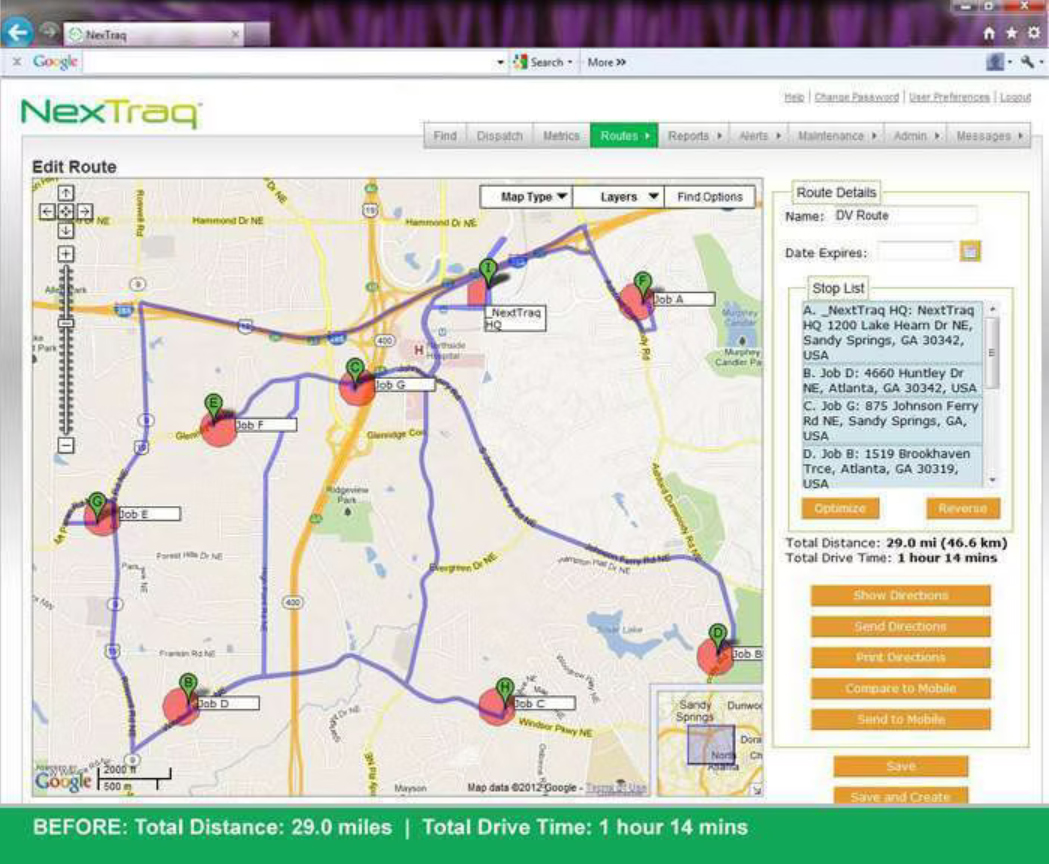Small Medium Sized Company : in feature list file
Fleet management is a critical aspect of many industries that require the coordination and management of vehicles for their operations. Some of the industries that typically require fleet management include:
- Transportation and logistics: Industries that require the transportation of goods and people, such as trucking, delivery, and taxi services, benefit from fleet management to optimize routes, reduce fuel consumption and operating costs, and ensure compliance with regulations.
- Construction: Industries that use vehicles for construction and building projects, such as heavy machinery and utility vehicles, benefit from fleet management to improve safety, reduce downtime, and monitor maintenance and repairs.
- Agriculture: Industries that use vehicles for agricultural operations, such as tractors and harvesters, benefit from fleet management to optimize operations, reduce fuel consumption, and monitor maintenance and repairs.
- Government and public sector: Government agencies and public sector organizations that operate fleets of vehicles, such as police cars, fire trucks, and maintenance vehicles, benefit from fleet management to improve efficiency, reduce costs, and ensure compliance with regulations.
- Energy and utilities: Industries that use vehicles for energy and utilities operations, such as power generation and distribution, benefit from fleet management to improve safety, reduce downtime, and monitor maintenance and repairs.
- Service and maintenance: Industries that use vehicles for service and maintenance operations, such as HVAC, plumbing, and electrical services, benefit from fleet management to optimize routes, reduce fuel consumption, and monitor maintenance and repairs.
By implementing effective fleet management practices, organizations can improve the efficiency and cost-effectiveness of their operations, reduce downtime, and ensure compliance with regulations. Fleet management can also help organizations improve safety, reduce their carbon footprint, and make informed decisions about the deployment and management of their vehicles.
Fleet management for SMB
Small and medium-sized businesses (SMBs) can greatly benefit from implementing fleet management practices, as it can help them improve the efficiency and cost-effectiveness of their operations, reduce downtime, and ensure compliance with regulations
- Cost savings: Fleet management can help SMBs reduce fuel costs, lower maintenance expenses, and minimize downtime through efficient vehicle utilization and optimization.
- Improved efficiency: By optimizing routes, reducing fuel consumption, and monitoring vehicle performance, fleet management can help SMBs improve their operations and increase the efficiency of their fleet.
- Compliance: Fleet management can help SMBs ensure compliance with regulations, such as Hours of Service (HOS) rules, emissions standards, and safety regulations, which can reduce fines and penalties.
- Better decision-making: Fleet management provides SMBs with real-time data and analytics on vehicle performance and usage, which can help managers make informed decisions about the deployment and management of their fleet.
- Increased safety: Fleet management can help SMBs improve safety by monitoring driver behavior and vehicle performance, reducing the risk of accidents and improving overall safety.
- Better customer service: By optimizing routes and reducing downtime, fleet management can help SMBs improve customer service and satisfaction by ensuring timely and efficient delivery of goods and services.



